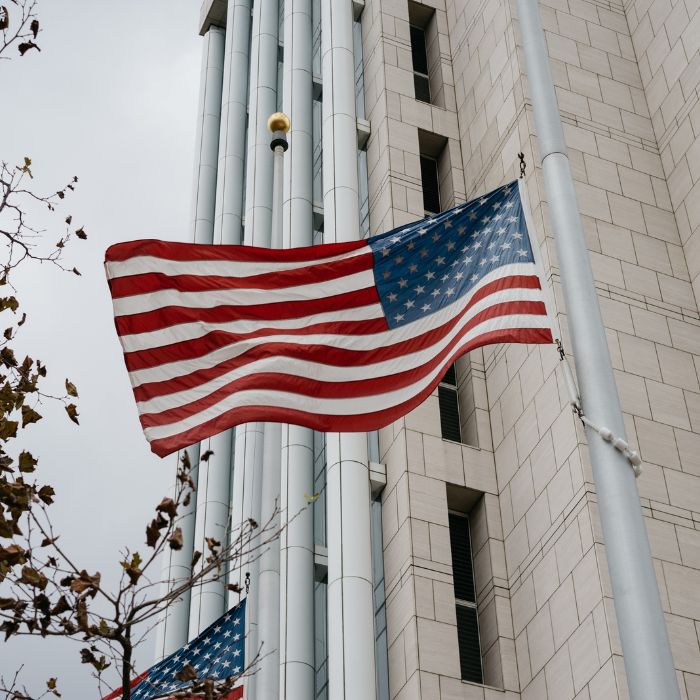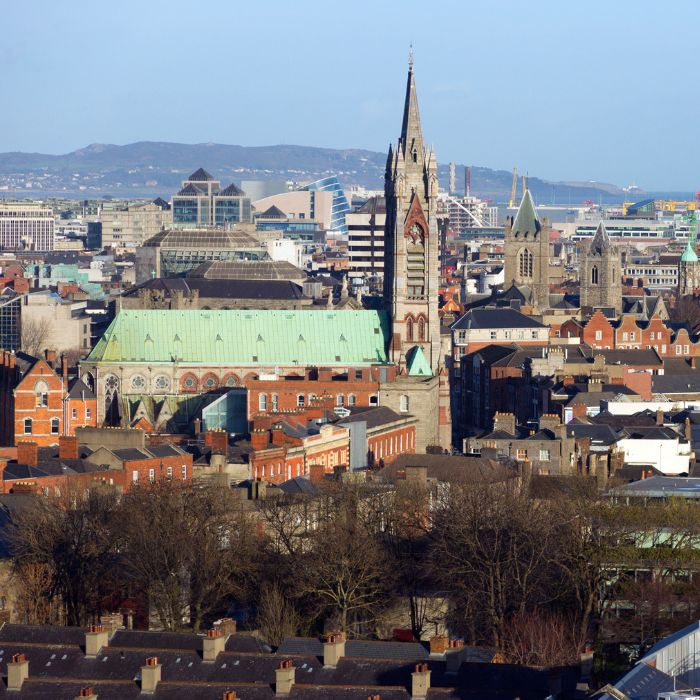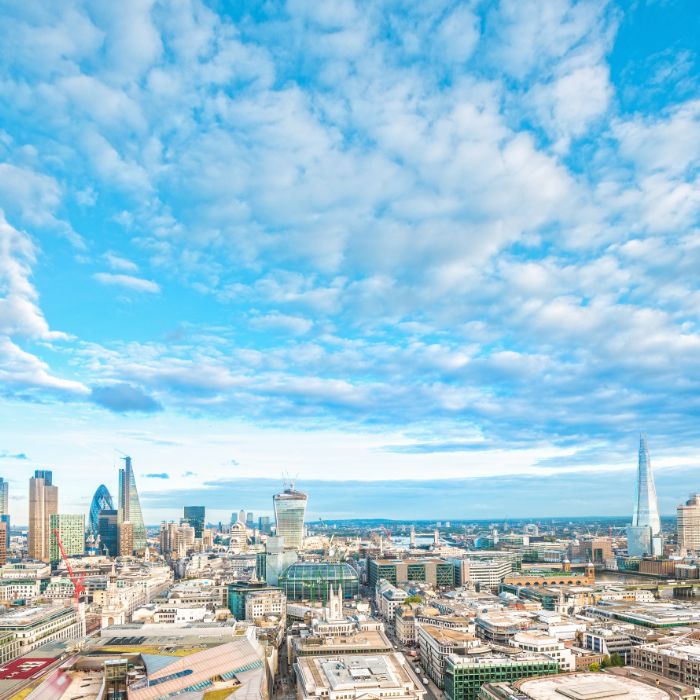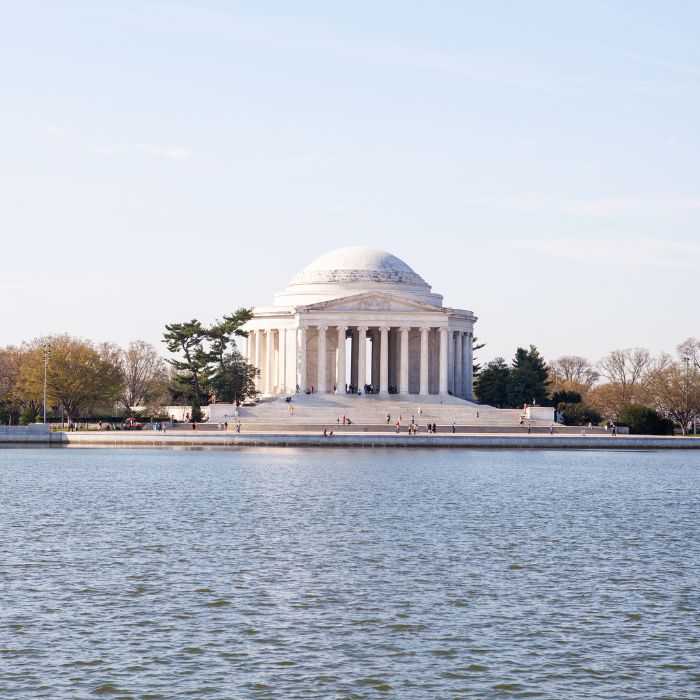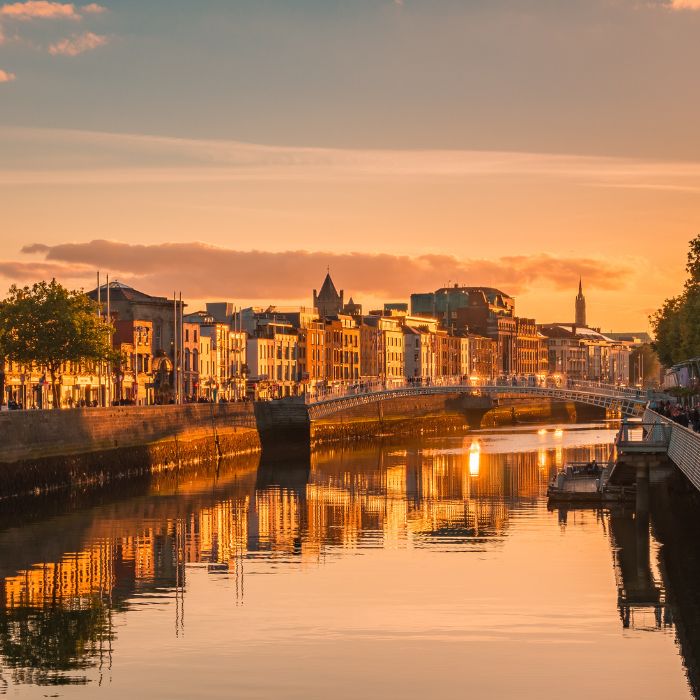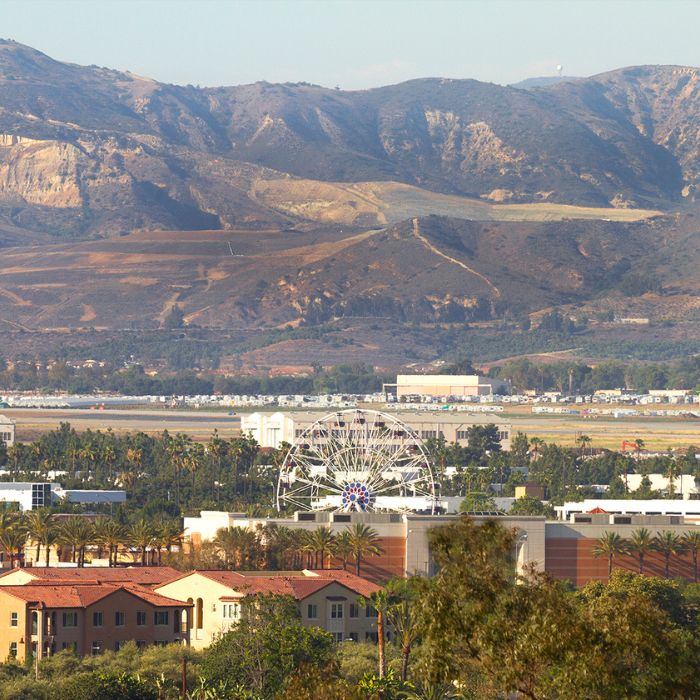Visa Appointment Strategies: Navigating Recent Immigration Changes Under the New U.S. Administration
March 4, 2025
By: Vanessa Fass
On January 20, 2025, the president began his second term by issuing executive orders that significantly reshaped the immigration landscape. Under the new administration, several immigration agencies announced policy changes, particularly affecting visa appointments at US consular posts. This blog discusses these changes and provides recommendations for navigating them.
Recent Immigration Changes Affecting Visa Appointments
-
-
- Enhanced vetting: On January 20, the president signed an executive order requiring maximum possible vetting and screening for foreign nationals seeking admission to the United States. The order also requested immigration and government agencies to submit a report to the president identifying countries throughout the world that may require a partial or full suspension on the admission of nationals from those countries. This order mirrors the “extreme vetting” vetting requirement from 2017.
- Restriction of Nonimmigrant Interview Waiver: On February 18, the US Department of State announced changes to the interview waiver program on its official website. This program allows eligible nonimmigrant visa applicants to renew their visas without an interview at participating posts. Previously, applicants could qualify if their visa in the same category had expired within the last 48 months. Under the new rules, eligibility is limited to those whose prior visa is still valid or expired within the past 12 months, among other criteria. Applicants who do not meet these requirements must schedule an in-person appointment.
-
According to the State Department update, consular officers have the authority and discretion to waive the in-person interview for the following categories as outlined in the Immigration and Nationality Act section 222(h):
-
-
- Applicants classifiable under the visa symbols A-1, A-2, C-3 (except attendants, servants, or personal employees of accredited officials), G-1, G-2, G-3, G-4, NATO-1 through NATO-6, or TECRO E-1;
- Applicants for diplomatic- or official-type visas; and
- Applicants who previously held a visa in the same category that expired less than 12 months prior to the new application.
-
To be eligible for an interview waiver, applicants must also meet certain criteria, including that they:
-
-
- apply in their country of nationality or residence;
- have never been refused a visa (unless such refusal was overcome or waived); and
- have no apparent or potential ineligibility.
-
The State Department advises that consular officers may still require in-person interviews on a case-by-case basis or because of local conditions.
Nonimmigrant visa applicants who no longer qualify under the stricter interview waiver criteria must schedule an in-person interview at a US consulate to apply for their visa. Reports indicate that some applicants with previously scheduled interview waiver appointments have been turned away and instructed to book in-person interviews instead. Depending on the post, this means potentially longer wait times when waiting for an appointment for certain visa classifications.
-
-
- Reduction of US Embassies’ Staff: On February 12, the president signed an executive order requiring State Department employees to follow the policies or face disciplinary action, including possible termination. This may lead to staff reductions at US consular posts.
-
Recommendations for Visa Appointments at US Consular Posts Abroad
-
-
- Plan in advance and take delays into account: Given the recent immigration changes, foreign nationals seeking a US visa at US Consular posts should anticipate increased challenges and delays. Processing delays, increased scrutiny and limited visa appointment slots may make obtaining a visa more challenging. Stricter policies and reduced staffing at U.S. consular posts could further extend wait times. To avoid complications, start the visa application process earlier than usual. Additionally, allow extra time for passport return, as most posts take up to 10 business days, but delays are possible.
- Monitor US consular posts: Applicants are encouraged to visit embassy and consulate websites for detailed information on visa application requirements, procedures and the operating status of each location. Geopolitical or weather-related events can cause post closures, making it imperative to check in on status before an appointment.
- Ensure documentation is complete and valid: Applicants should plan ahead, ensure their documentation is complete and be prepared for additional scrutiny throughout the process. US Customs and Border Protection advises foreign nationals who want to travel to the US to have a passport that has a validity for six months beyond their intended stay. However, citizens of certain countries are exempt from this rule and only need to have a passport valid for their intended period of stay. It is important to note that if an applicant's visa stamp is still valid but their passport has expired, they can enter the US by carrying both their new passport and the old passport containing the valid visa. For categories that require approval notices and documentation beyond the visa stamp, it is critical to ensure that all documents that will be presented for entry are valid at any given time.
- Considerations for individuals with multiple nationalities: Foreign nationals with multiple passports should check US visa appointment availability in all the countries where they hold citizenship. Given the recent changes causing delays and limited appointment slots, some US consulates may have shorter wait times than others. Exploring options across different countries of citizenship can improve the chances of securing an earlier visa appointment. Applicants should also review specific consulate policies, as requirements and processing times may vary by location.
- Navigate administrative processing: Some visa applications may be refused and placed under administrative processing for further security vetting. If this applies, the post will notify the applicant at or after the interview. The length of administrative processing varies depending on the specifics of each case. While most cases are resolved in a couple of weeks, it can take several months in some cases, and administrative processing cannot be expedited. Applicants should wait at least 180 days from the interview date or the submission of additional documents, whichever is later, before inquiring about their case status. It is recommended that foreign nationals not make any drastic travel arrangements prior to getting their visa issued, like selling a car or a house.
-
Recommendations for Employers and Employees in the US
Employers sponsoring an employee or individuals on a work visa seeking an extension or change of status with USCIS should be aware that extensions can be filed up to six months before the current status expires. Due to USCIS processing delays, applying as early as possible is recommended.
If travel and a visa stamp are required, filing the extension promptly and using premium processing when available is also recommended.
Foreign nationals should consider scheduling a strategy call with an immigration attorney to explore potential options for expediting their visa or status processing. A Fragomen professional can assess individual circumstances, identify possible ways to speed up the process (if any), and ensure compliance with immigration regulations. Additionally, it is crucial to avoid gaps in employment authorization, as traveling while a petition is pending may not be advisable in some cases. A legal consultation can help applicants to make informed decisions and minimize risks.
Need to know more?
For further information or to seek guidance, please contact Associate Ana Gabriela Urizar at [email protected] and Senior Associate Vanessa Fass at [email protected].
This blog was published on March 4, 2025, and due to the circumstances, there are frequent changes. To keep up to date with all the latest updates on global immigration, please subscribe to our alerts and follow us on LinkedIn, X, Facebook and Instagram.




